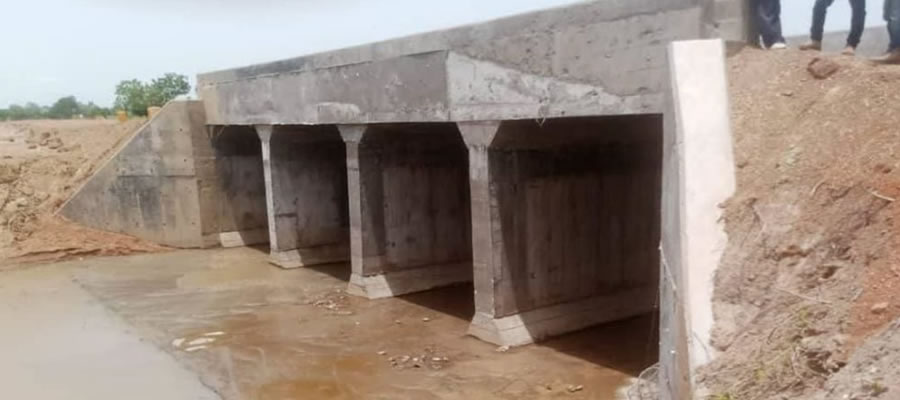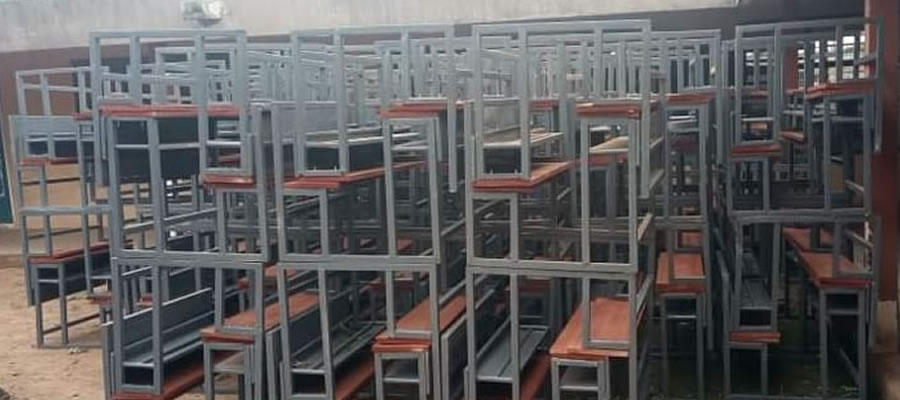

Location and Size
The Saboba District is one of the twenty six (26) districts in the Northern Region of Ghana. It is located between latitudes 10° 101 and 10° 201 N eastwards and longitude 10° 101 N and 10° 201 northwards.
It shares boundaries with the following Districts: -Gushiegu District [to the West]; Zabzugu/Tatale District [to the South]; Bunkpurugu/Yunyoo District [to the North]; Yendi District [to the South-West]; and Republic of Togo [to the East]. The District has a total land area of 2,810 sq. km. Politically, Saboba District is made up of two (2) Town and eight (8) Area Councils. It has 408 settlements, 52 Unit Committees, 30 Electoral Areas, 43 Assembly members (30 elected and 13 Government appointees) and one (1) Constituency (Saboba).
The Assembly has only six (6) of the eleven (11) decentralised departments and their Heads are co-opted into the District Assembly to offer technical and advisory support.
Topology and Drainage
The topography of the district is basically undulating with few hills, which provide a good flow for run-off water. The District is underlaid by Voltarian rocks normally suitable for rural water supply - boreholes. The soils are quite good along valleys.
Climate and Vegetation
The vegetation cover of the district is basically Guinea Savannah with grasses interespersed with short, drought, resistant trees. Major tree species include the sheanut tree and dawadawa tree. Other trees are fruit trees grown by individuals or households.
Geology and Soil
The Voltarian shale underlies the whole district. From literature, most of the soils in the interior savannah and the transitional zones developed over shale, which contains abundant iron concretions and iron pan in their sub-soils.
These soils constitute the groundwater laterite and occupy about 50% of the interior savannah (Adu, 1969). The groundwater laterite, due to impervious iron pan or clay pan in the sub-soil, is characterized by water logging at the peak of the rains. The soils are quite good along the valleys. Alluvial valleys are quite extensive around Kpalba and suitable for rice production. There is considerable soil erosion in the district becoming severe around Chereponi area. This is due to bad farming practices and rampant burning of bush.
Date Created : 11/30/2017 4:57:59 AM












 facebook
facebook
 twitter
twitter
 Youtube
Youtube
 +233 593 831 280
+233 593 831 280 0800 430 430
0800 430 430 GPS: GE-231-4383
GPS: GE-231-4383 info@ghanadistricts.com
info@ghanadistricts.com Box GP1044, Accra, Ghana
Box GP1044, Accra, Ghana